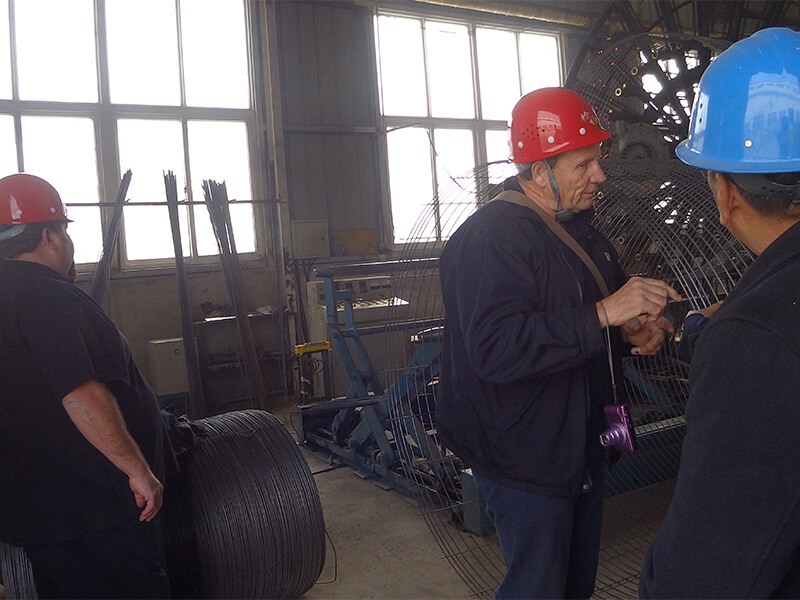- Afrikaans
- Albanian
- Amharic
- Arabic
- Armenian
- Azerbaijani
- Basque
- Belarusian
- Bengali
- Bosnian
- Bulgarian
- Catalan
- Cebuano
- China
- China (Taiwan)
- Corsican
- Croatian
- Czech
- Danish
- Dutch
- English
- Esperanto
- Estonian
- Finnish
- French
- Frisian
- Galician
- Georgian
- German
- Greek
- Gujarati
- Haitian Creole
- hausa
- hawaiian
- Hebrew
- Hindi
- Miao
- Hungarian
- Icelandic
- igbo
- Indonesian
- irish
- Italian
- Japanese
- Javanese
- Kannada
- kazakh
- Khmer
- Rwandese
- Korean
- Kurdish
- Kyrgyz
- Lao
- Latin
- Latvian
- Lithuanian
- Luxembourgish
- Macedonian
- Malgashi
- Malay
- Malayalam
- Maltese
- Maori
- Marathi
- Mongolian
- Myanmar
- Nepali
- Norwegian
- Norwegian
- Occitan
- Pashto
- Persian
- Polish
- Portuguese
- Punjabi
- Romanian
- Russian
- Samoan
- Scottish Gaelic
- Serbian
- Sesotho
- Shona
- Sindhi
- Sinhala
- Slovak
- Slovenian
- Somali
- Spanish
- Sundanese
- Swahili
- Swedish
- Tagalog
- Tajik
- Tamil
- Tatar
- Telugu
- Thai
- Turkish
- Turkmen
- Ukrainian
- Urdu
- Uighur
- Uzbek
- Vietnamese
- Welsh
- Bantu
- Yiddish
- Yoruba
- Zulu
Aug . 17, 2024 08:44 Back to list
Cast Iron Manufacturing Process and Techniques for Quality Production
The Significance of Cast Iron Factories in Modern Manufacturing
Cast iron, a durable and versatile material, has been a staple in manufacturing for centuries. The evolution of cast iron factories has played a pivotal role in the industrial landscape, transforming not only the production process but also the final products that influence various sectors, from automotive to cookware. This article explores the significance of cast iron factories, their operational processes, and their impact on contemporary manufacturing.
Cast iron is primarily made from iron, carbon, and silicon, and is recognized for its excellent castability, wear resistance, and machinability. The history of casting iron dates back to ancient times, but the Industrial Revolution marked a significant turning point. The establishment of specialized cast iron factories enabled mass production, meeting the rising demand for durable goods.
The Significance of Cast Iron Factories in Modern Manufacturing
Once the iron is molten, it is poured into pre-prepared molds. The molds are typically made from sand or metal, and their designs can vary significantly depending on the intended product. The ability to create intricate and detailed components is one of the reasons cast iron remains popular. After cooling, the cast pieces are removed from the molds and subjected to further finishing processes, including grinding, polishing, and coating to enhance durability and aesthetics.
cast iron factory

Cast iron factories are not merely production hubs; they symbolize the fusion of traditional craftsmanship and modern technology. Many factories today are equipped with advanced machinery and automated systems that streamline operations, improve precision, and ensure consistent product quality. For instance, computer numerically controlled (CNC) machines are used to refine cast iron products with exceptional accuracy, significantly reducing waste and increasing productivity.
Furthermore, the demand for environmentally friendly practices has led many cast iron factories to adopt sustainable production methods. Scrap metal recycling is a common practice, as it reduces the need for virgin materials and minimizes the environmental footprint. Additionally, producers are increasingly conscious of energy consumption, leveraging technologies such as electric induction furnaces, which are more energy-efficient than traditional systems.
The versatility of cast iron means that it finds applications in a wide range of industries. In the automotive sector, cast iron is an essential component for engine blocks, cylinder heads, and other critical parts due to its strength and heat retention properties. In cookware, cast iron skillets and Dutch ovens are cherished for their ability to retain heat and enhance flavors, making them a favorite among home chefs and professional kitchens alike.
Moreover, cast iron's aesthetic appeal cannot be overlooked. The unique texture and color of cast iron products lend a rustic charm to kitchenware and decorative items, increasing their desirability in the consumer market. Artists and designers have also begun to explore the artistic possibilities of cast iron, creating sculptures and installations that showcase the material's beauty and spirit.
In conclusion, cast iron factories are fundamental to modern manufacturing, blending historical practices with innovations that meet contemporary demands. Their ability to produce high-quality, durable goods while embracing sustainability reflects the ongoing evolution of the manufacturing industry. As we continue to rely on cast iron in various applications, it is essential to appreciate the craftsmanship and technological advancements that define these factories, ensuring that cast iron remains an integral part of our lives for years to come.
-
Premium Cast Iron Water Main Pipe: Durable, Corrosion-Resistant
NewsAug.03,2025
-
Durable Cast Iron Water Mains | AI-Optimized Systems
NewsAug.02,2025
-
High-Efficiency Propane Boiler for Baseboard Heat | Save Energy
NewsAug.01,2025
-
Premium Source Suppliers for Various Gray Iron Castings
NewsJul.31,2025
-
Durable Cast Iron Water Main Pipes | Long-Lasting
NewsJul.31,2025
-
High-Quality Cast Iron Water Main Pipe for Durable Infrastructure
NewsJul.30,2025


